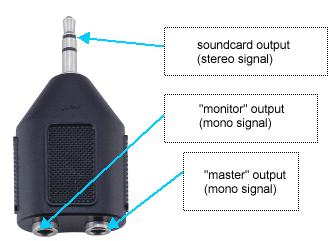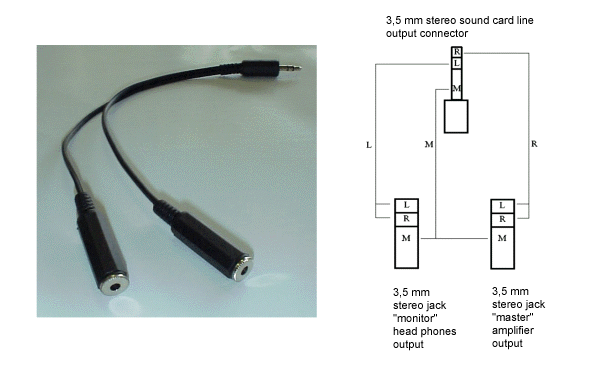the main display consists of two areas:
in the upper half of the screen you can see the two mp3 decks.
the lower half of the screen is dedicated to control elements like
volume, position etc.
soundcard setup, about dialog and more can be reached in the window
control by clicking on the icon in the upper left corner of the MJ Studio
window.
the following section will explain all elements that are visible in the
MJ Studio window:
mp3 decks
the two mp3 decks are located in the upper part of the window.
both can play a 128 bit 44 khz mp3 file. each deck has the following
controls (text in brackets are
keyboard commands
for the specified function):
load button
the load button looks like the typical eject button on your cd or tape player.
click here to load a new song into the deck.
time display
displays the remaining time for the file being played in the
upper part of the deck.
bpm display
displays the detected bpm (beats per minute) in the lower part of
the deck. this is quite a useful tool for matching both decks on the same
speed.
remark: reliable bpm detection is quite a difficult job. the algorithm
used in MJ Studio is far from being perfect. we found it to be quite reliable on
house music and other straight beat stuff. but don't expect it to work
on breakbeat, jungle and trash-metal.
pitch slider (arrow up/down)
each deck has its own pitch slider that alters the speed from 50% to 200%.
by clicking with the right mouse button, the slider automatically jumps back
to 100%.
"+", "-" buttons
these buttons increment (+) or decrement (-) the current pitch of the deck. use these buttons to do some
fine tuning you couldn't achieve with the pitch slider.
"=" buttons
use this button to set the pitch of the deck to match the bpm settings.
example: deck a and deck b are playing, but by pushing the cross-fader to the right or by
selecting the b-button your audience is listening to the song of deck b. now press the "=" button
on deck a to set the pitch of deck a so that deck a will play with the same beat (bpm) as deck b.
now, all you have to do (supposed the beat detection worked fine) is to nudge deck a forward/backward
in order to synchronize the beats of your songs.
nudge buttons (numeric */numeric /)
the nudge buttons are located below each deck. their purpose is to jump a little
forward or backward in a track that has the right speed, but the wrong offset to eleminate
that nasty double bassdrums.
".", the deck hold button (numeric delete)
this button has the same effect as stopping a turntable with the hand. the deck will slow down and then
stop playing when you click the button with the mouse. as soon as you release the mouse button from its
pressed state, the deck will start to play like before.
equalizer (insert, delete, home, end, pgup, pgdown)
a simple but efficient to use 3-band equalizer.
deck scratching
positioned above the equalizer (the cds). click it and move your mouse to do some scratching with your songs.


